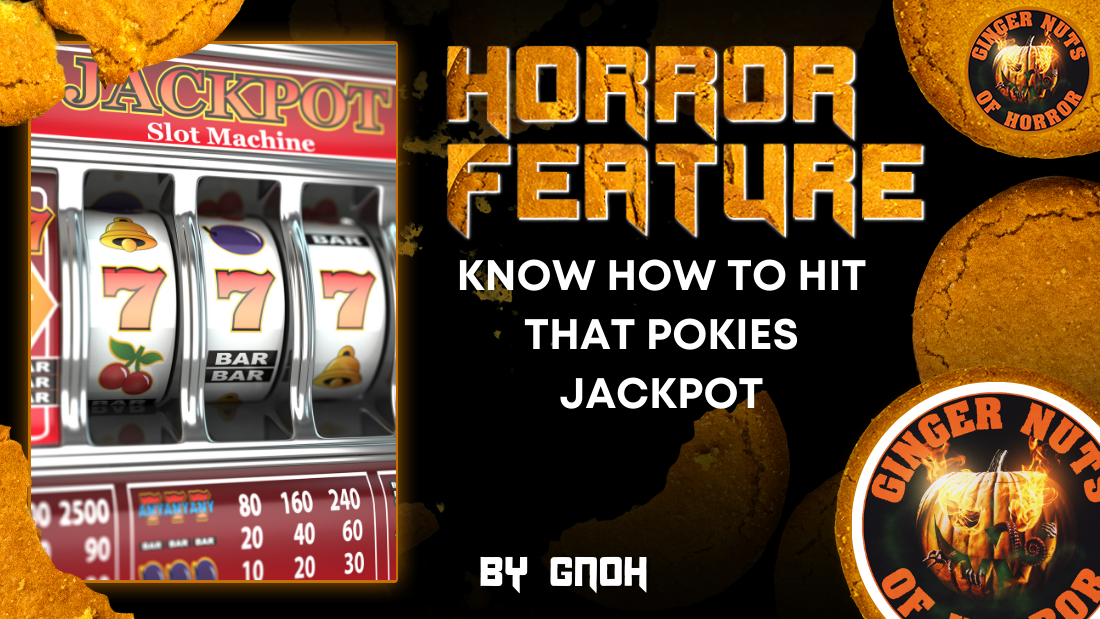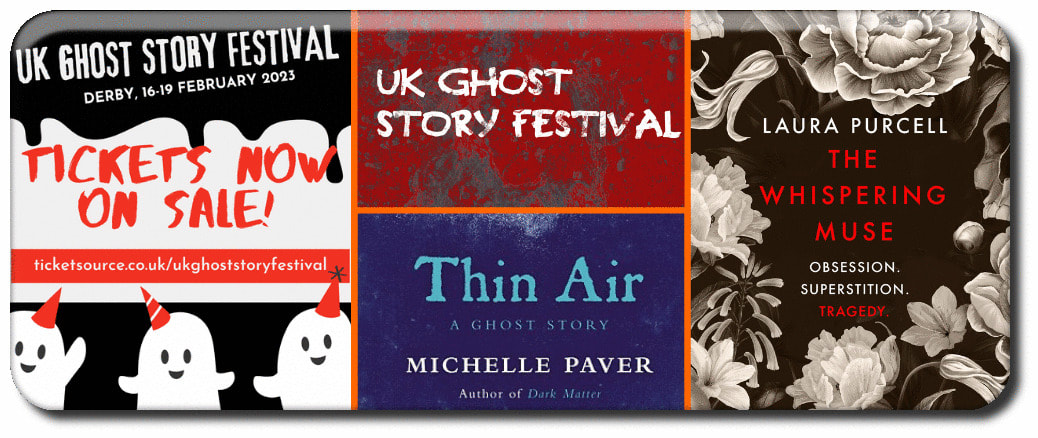Kerouac told us, “to kill your darlings.” Writers often refer to their work as children. Sometimes the story we envisioned fails to thrive, sometimes it grows into everything we imagine it to be, and sometimes it develops into a tale far more engrossing and expansive than we ever intended. In his Masterclass, Neil Gaiman talks about compost heaps and seeds. Not the loamy mounds one might find in a backyard, but the mental kind that fertilize a writer’s imagination and nourishes the seeds that grow into short stories, novellas, and novels. One of the many aspects of writing that always fascinates me is how stories take shape and evolve, and how we as writers evolve right with them. My debut novel, PORTRAIT OF A NUCLEAR FAMILY, didn’t start as a novel, but instead as the idea for a short story. With the birth of my first child, my mind swirled with possibilities. The gift and burden of every writer is the constant question, “What if?” For a horror writer, we tend to find the darker ideas more compelling to tell our tales. While the endings can bring both light and darkness in varying measure, we run our characters through the gauntlet of our worst nightmares. In my case, the idea blossomed, “What if I discovered my child had done something horrific? How would I react? How much is too much to forgive?” From that seed, I nurtured a story about a boy, Nathan, who discovers Christmas presents hidden in an attic for himself and his little brother. The narrative found Nathan escaping his overbearing parents into the woods where he experiments on various animals. As the story came to an end, I knew I had written an absolute piece of garbage. It was boring. The main character was unsympathetic and emotionless. Nothing about the piece worked. After setting it aside for nearly a month, letting the idea grow and develop in the compost heap of the writer’s mind, the solution presented itself. While Nathan was the center of the story, it was Wanda, the mother, who drove the story’s emotional impact. From there a short story followed. It was by far a better version. Except, this version needed more. Wanda demanded more. The ending, while answering some questions and delivering on some of the promises, didn’t provide a proper, overall resolution. A new story grew out of the desperation and madness left in the wake of the first. I used the opportunity to explore what a parent might do to protect and repair reputations. As the second story took shape, I was able to explore Wanda more deeply that before. She moved from being horrified to being inspired by her older son’s deeds and she herself expanded on his work leading to some very dark and unsettling consequences. Once finished, a friend suggested they be combined into a novella. It was an opportunity to create something that could stand on its own on a shelf. While melding the two pieces together, I discovered the need to reorganize the events, to build the tension in different ways, and establish character motivations. What started as a small project ballooned. New characters were born, old side characters grew into prominence, and new themes required more victims. The plan to finish the novella in three months went the way of a Douglas Adams deadline. “I love deadlines. I like the whooshing sound they make as they fly by.” While that makes me sound like a slacker, and there is some truth to that, something more interesting occurred. During each draft, new possibilities emerged. A history of obsession around art and perfection. A marriage framed around the lessons her mother browbeat into her. A best friend who represented desired choices and unfulfilled dreams. A yearning for a life filled with inspiration. From a simple short story about a Christmas gone horribly wrong, the narrative expanded into a novel about family, mental illness, expectations, regrets, and the flawed search for perfection. What started as a week or two project turned into a three-year journey. Hemingway (and so many more) said, “Writing is rewriting.” With each new pass, a new idea came which, like a stone thrown into a pond, sent ripples through the narrative. Each new idea revealed the possibility of even larger pebbles, some of which were undeniable in their ability to elevate the story I wanted to tell. PORTRAIT went through, roughly, eleven drafts from short story to finished novel. Each draft represented a new structure, a new emotional through-line, a new sub-plot. One of the interesting aspects of so many rewrites was how the words began to blur together. When you’ve read something ten times, you can’t shake the feeling that you’ve repeated yourself. But in the end, with integral assistance from a talented writer, editor and friend, Heather Straub, I was able to finish the book. Kerouac told us, “to kill your darlings.” Writers often refer to their work as children. Sometimes the story we envisioned fails to thrive, sometimes it grows into everything we imagine it to be, and sometimes it develops into a tale far more engrossing and expansive than we ever intended. In these ways, stories come alive and breathe their own truths and revelations into the simple seed we started with. Writing is full of surprises. I started out with the idea of a short tale about a boy who lashes out at a world that doesn’t meet his expectations and ended up with a novel about a mother who refuses to accept that kind of world, forcing her will on anything and everything that tries to pollute it. In the end, PORTRAIT OF A NUCLEAR FAMILY, became a wonderful surprise and so far, a well-received novel thanks to D&T Publishing. So go out and plants some seeds and be open to the occasional surprise harvest. Portrait of a Nuclear Family |
Archives
April 2023
|












 RSS Feed
RSS Feed

